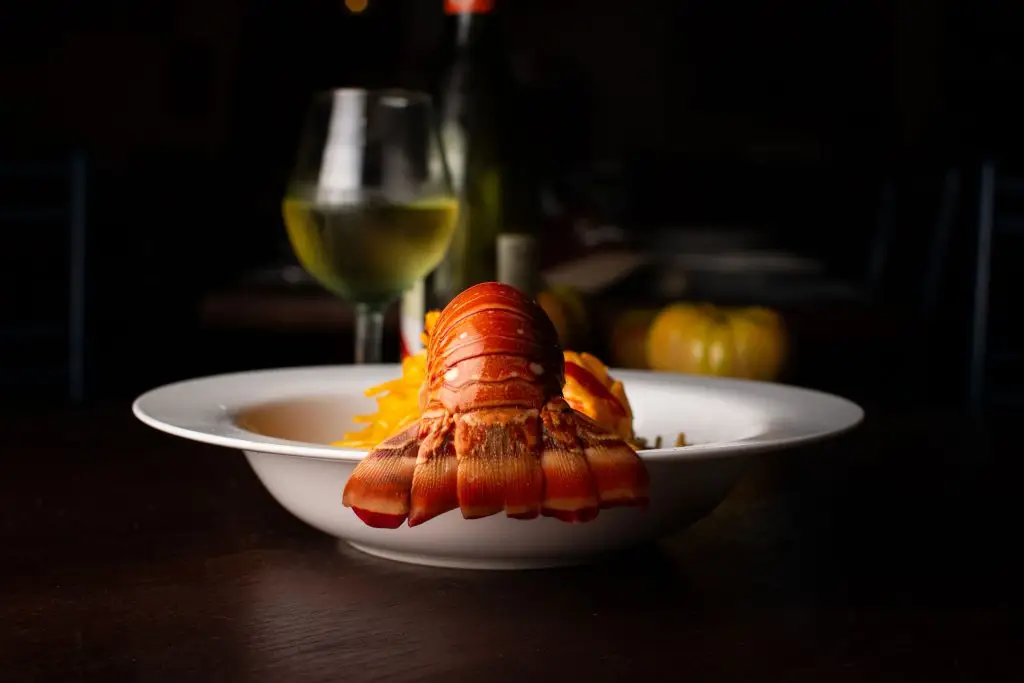Thailand has breath-taking scenery, picturesque sunsets, thousands of temples, beautiful hosts and amazing underwater vistas, but what really makes it stand out from the rest of Southeast Asia is its fabulous cuisine.
From Thai street food to 5-star dining, you’re guaranteed local food that’s fresh and vibrant. The basics are common to other South-East Asian countries with chilli, garlic, ginger, lemongrass, fish sauce, and lime juice added to many popular dishes, but thanks to talented chefs Thailand’s cuisine has a unique flavour all of its own, achieving the perfect harmony between sweet, sour, hot and salty.
Thailand is a very large country, so it’s not surprising there is such a variety of dishes and such a distinctive difference between what is served in the north to the south. Due to climate, culture and local customs, each region has its own complex cooking styles, flavours and dishes.
Here are some of the main differences between southern and northern Thai food.
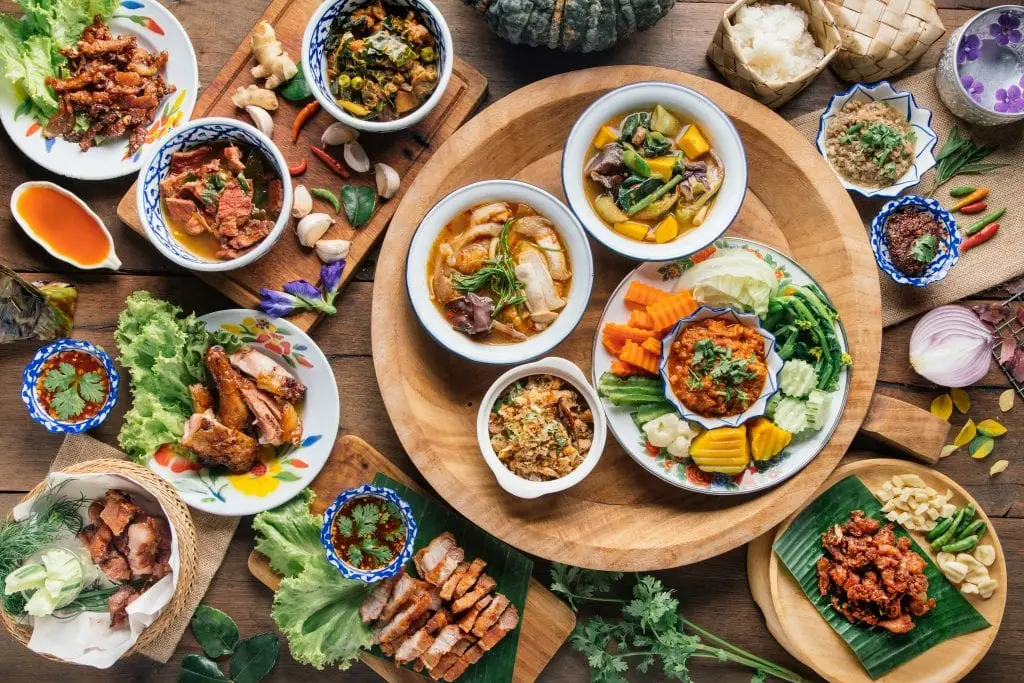
Spicy South
Herbs and spices are an essential part of Thai cuisine, but those looking for intense flavour should head to the south of Thailand where the dishes are much spicier and hotter, and saltier, than the milder dishes in the north.
Each region has been influenced by the countries closest to its borders. Southern Thai food is inspired by Malaysia and Java, where the chilli pepper takes the lead in giving dishes a spicy kick. Northern food, on the other hand, has elements of Laos, Burma and China, and the cool climate means that you’ll find a lot of different kinds of vegetables and herbs to elsewhere in the country.
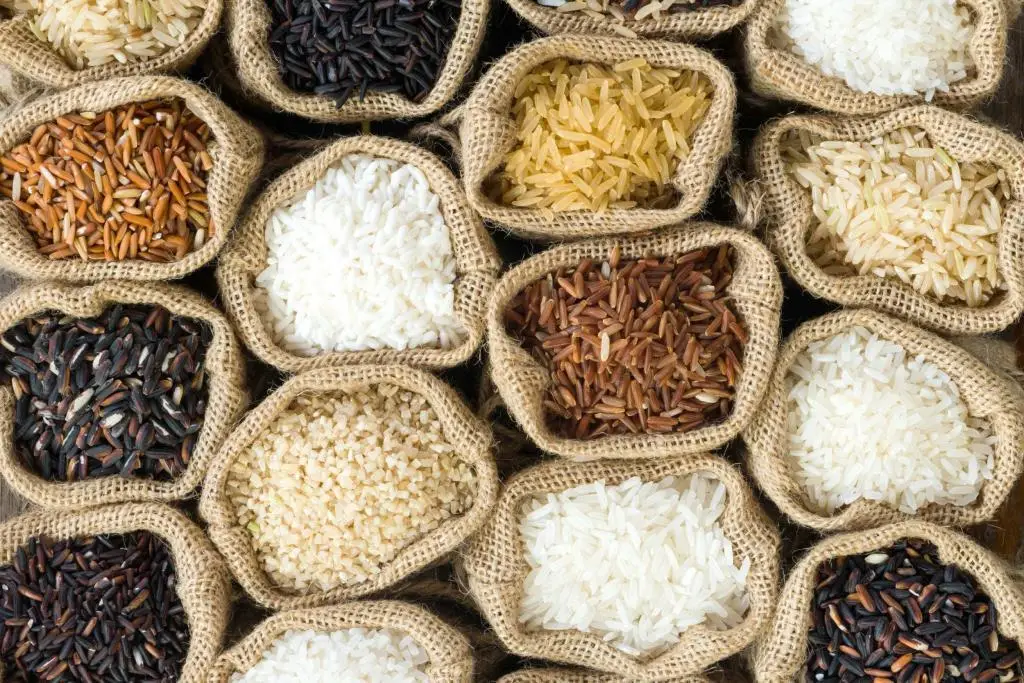
Rice with Every Meal
Nearly every meal is eaten with rice in Thailand, most Thai families will have a rice cooker on the go from early morning in preparation for the day’s meals.
In the south soft-boiled rice is usually served with the main dish, this could be curries, stir-fries or soups. Jasmine rice, a fragrant long-grain variety, is one of the best.
In the northern regions of the country they prefer steamed sticky rice, Khao Niaow, a glutinous short-grained rice that is cooked by steaming, not boiling. Use the fingers to roll it into a ball, then dip into a spicy chilli relish, it’s also really good with crispy and boiled vegetables, and to mop up a curry.
Sticky rice can be served as a sweet too, taste the divine Thai dessert, mango sticky rice, the rice is cooked in coconut milk and served with freshly cut mango, it’s very addictive!
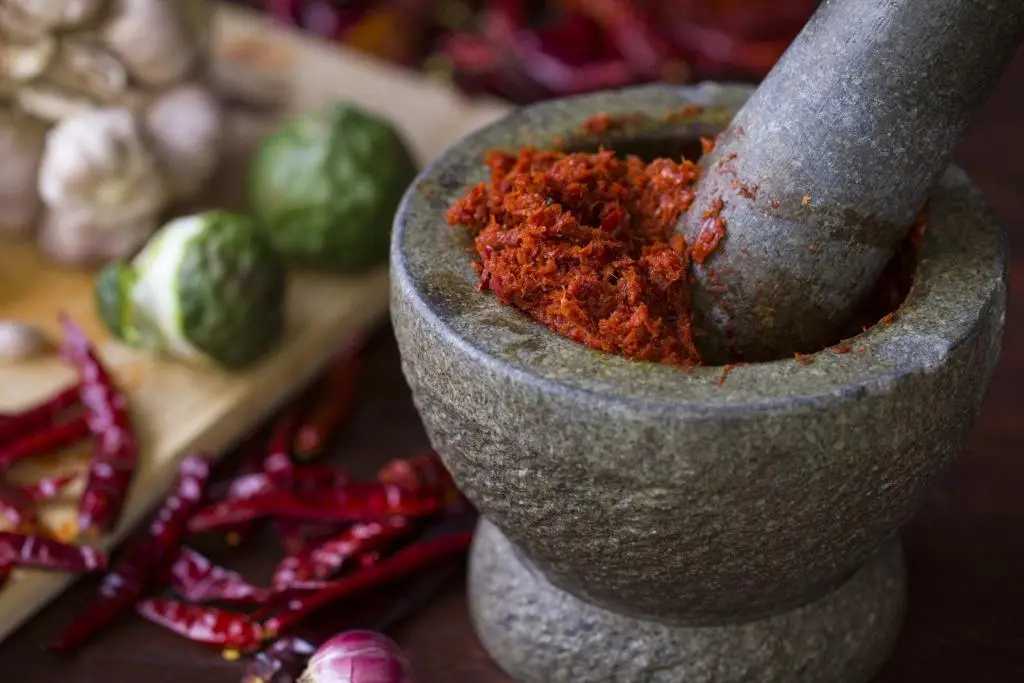
Thicker Curries
Southern Thailand has a lot more rain which brings an abundance of coconuts. The coconut milk is added to many of the region’s signature dishes, including curries and soups, which makes them thick and flavoursome. Thai Red Curry, Thai Green Curry, Panang and Massaman, all have coconut milk as the main ingredient.
Treat your taste buds to a plate of Khanom Jeen Nam, these white soft rice noodles are topped with Nam Ya Kati, a curry made with coconut milk, and lots of spices and chillies.
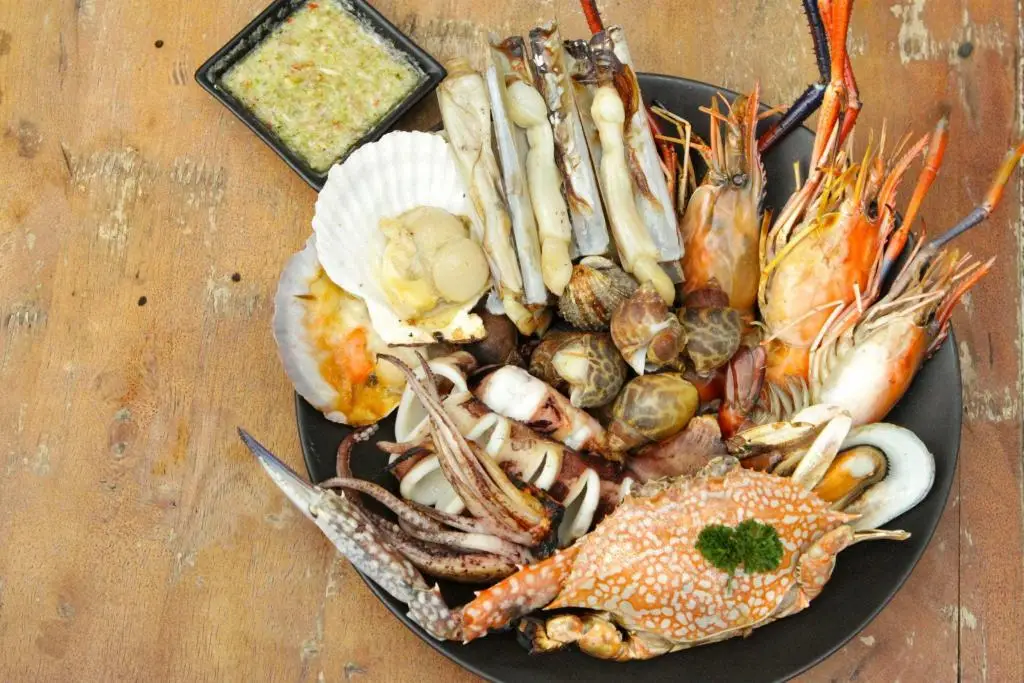
Seafood
With less land to farm and an ocean on the doorstep, a large portion of the population in the south work as fishermen. Fresh fish is cooked all kinds of ways, baked and grilled, made into soups, put out in the sun to dry and even pickled and fermented for sauces and condiments.
In Phuket the choice of seafood dishes is enormous, from the spicy shrimp soup, Tom Yum Goong, and exquisite Phuket lobster, to skewered squid, a popular street food.
In the north, with the nearest ocean hundreds of km’s away, seafood isn’t as common. Most meat dishes use chicken and pork. Look out for Chiang Mai’s favourite noodle soup, Khao Soi, one bowl of the rich, aromatic curry-based broth with crunchy pickled greens on the side is never enough. Thais in the north love their beef, water buffalo and offal, Laap Muang Moo is a kind of a pork salad made with offal, blood, and dried spices.
We can’t finish there without mentioning Sai Ua, grilled pork sausage infused with a blend of spices and herbs. You can’t miss the huge coils of sausages at the street stalls, stop and try a taste, they really are memorable.

